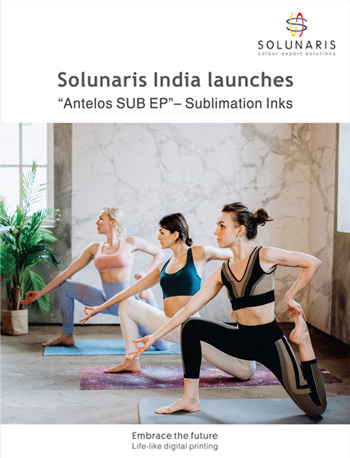Weaves
The weave of a fabric describes the manner in which threads are interlaced to form a cloth. Different weaves provide different textures, appearances, and properties to the fabric.
Plain Weave: The simplest and most common, threads (warp and weft) cross over and under each other in an alternating pattern.

This results in a flat and tight surface. Examples include poplin and broadcloth.
Twill Weave: This weave shows diagonal lines or ridges on the fabric’s surface. Twill fabrics are often more durable and resistant to wrinkles. Examples include denim and gabardine.
Satin Weave: This weave has a smooth, lustrous surface because most of the threads appear on the surface. It’s less common in suiting but offers a dressier appearance when used.
Herringbone & Houndstooth: These are variations of twill weaves that produce distinctive V-shaped (herringbone) or jagged (houndstooth) patterns.
Weight
The weight of the fabric plays a pivotal role in determining its suitability for various climates and occasions.
Lightweight (below 200gsm): Ideal for summer, these fabrics are breathable and comfortable in hot conditions. Think tropical wools and light cotton.
Mid-weight (200-350gsm): The most versatile weight suitable for most climates. Perfect for allaround suits that can be worn year-round.
Heavyweight (above 350gsm): Best for colder months, these fabrics are insulating. Flannels and heavy tweeds fall into this category.
It’s essential to consider the climate and purpose when choosing the weight. For instance, a businessman in a tropical climate might lean towards lightweight wools, while someone in a colder region might prefer heavy tweed.
Composition
The fabric’s composition, or its raw material, is crucial in determining its feel, durability, and appearance.
Wool: The gold standard for suiting. It’s breathable, durable, and comes in various grades like Merino and Cashmere. Wool suits drape beautifully and are appropriate for both daily wear and special occasions.
Cotton: More casual than wool, cotton is cooler and ideal for summer suits. It tends to wrinkle more easily.
Linen: Extremely breathable and perfect for hot climates. However, linen wrinkles very easily, giving it a distinct casual, relaxed look.
Silk: Often blended with other materials, silk adds a luxurious sheen and softness to suits.
Synthetic fibres: Materials like polyester or rayon are often blended with natural fibres to add durability, reduce costs, or achieve specific textures. However, they are generally less breathable than natural options.
Blends: Many modern suits are made from blended fabrics, combining the benefits of multiple materials. For instance, a wool-silk blend might offer the durability of wool with the sheen and softness of silk.
Conclusion
Finding the right suit fabric requires a careful balance of aesthetics, comfort, and practicality. By understanding the weave, weight, and composition, one can make an informed choice tailored to their needs, ensuring that they not only look their best but also feel their best. Whether you’re dressing for success, celebration, or leisure, the right fabric is the cornerstone of a perfect suit.
 Selecting the right fabric for a suit is akin to choosing the foundation for a masterpiece. The fabric defines not only the appearance but also the feel, durability, and versatility of the suit. A wellchosen fabric complements the wearer’s physique, ensures comfort, and aligns with the occasion. To master the art of selecting the perfect suit fabric, one must understand three crucial elements: Weaves, Weight, and Composition. Let’s delve deep into each of these aspects.
Selecting the right fabric for a suit is akin to choosing the foundation for a masterpiece. The fabric defines not only the appearance but also the feel, durability, and versatility of the suit. A wellchosen fabric complements the wearer’s physique, ensures comfort, and aligns with the occasion. To master the art of selecting the perfect suit fabric, one must understand three crucial elements: Weaves, Weight, and Composition. Let’s delve deep into each of these aspects.













